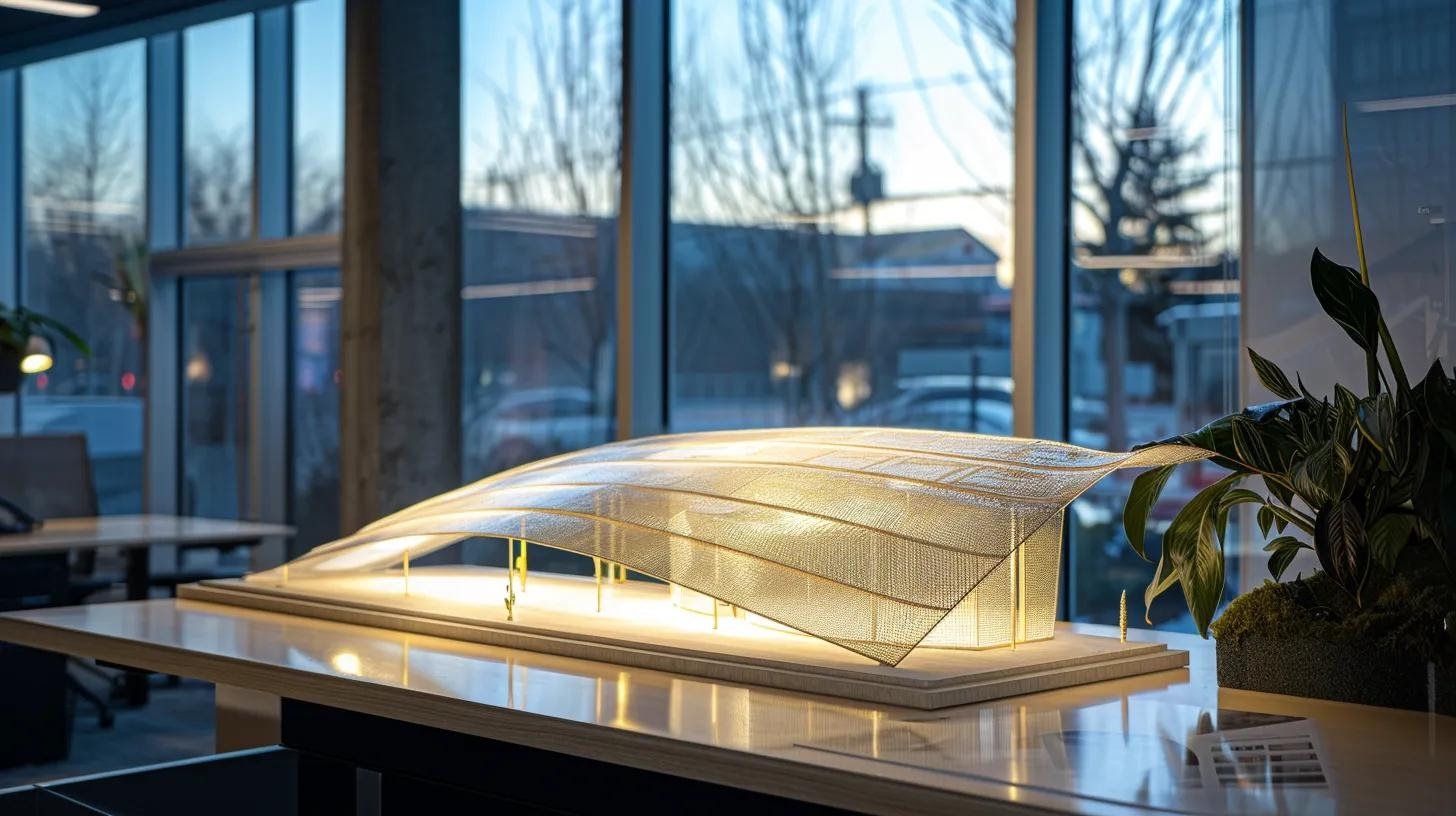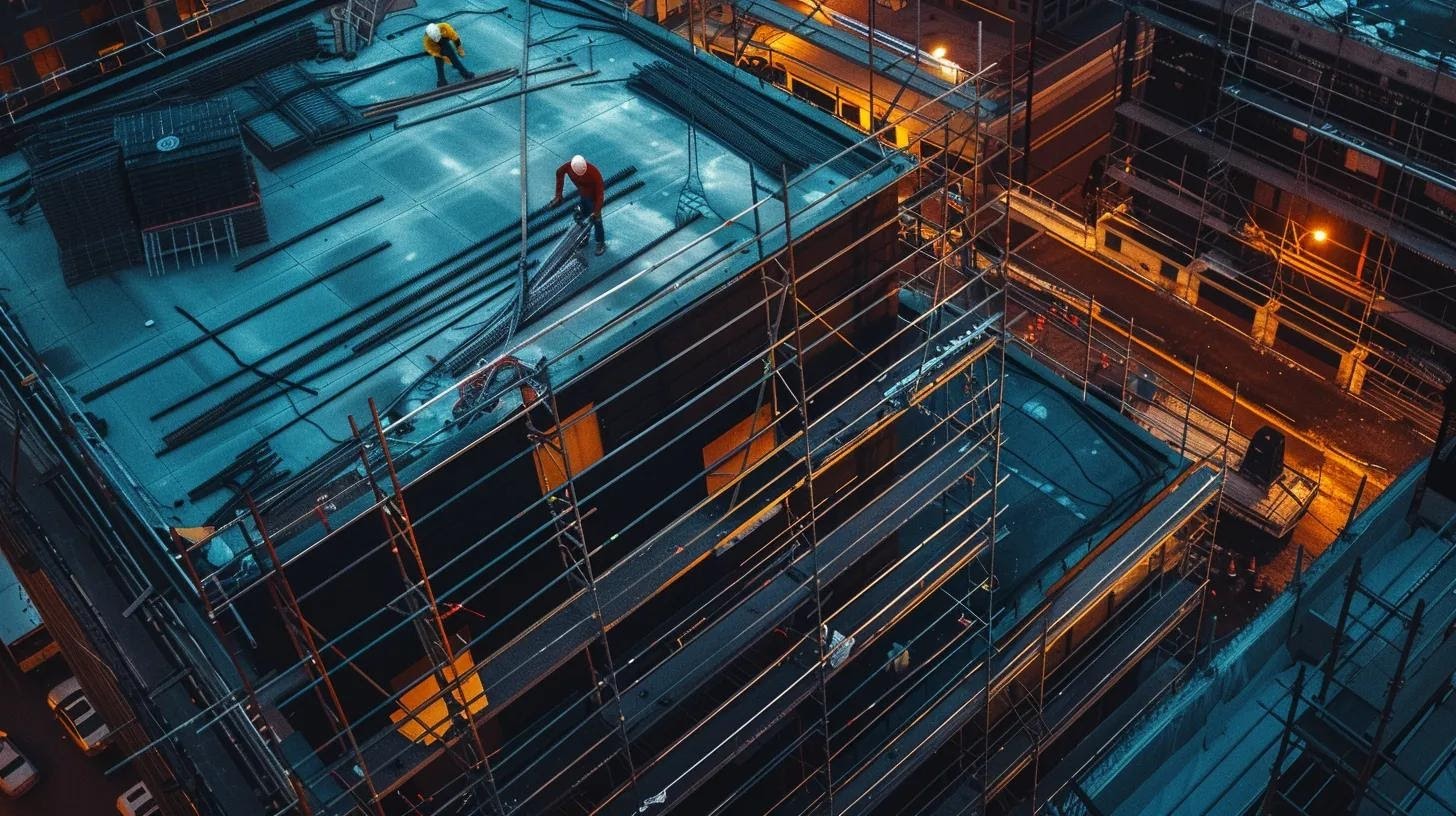Best Roofing Materials for Hurricane Protection

Key Takeaways
- Hurricane Roofing INC emphasizes high-quality roofing solutions engineered to resist extreme weather.
- Roofing materials such as metal, tile, asphalt shingles, slate, and synthetic compounds provide excellent wind, impact, and water resistance.
- Critical design elements, proper installation techniques, and regional considerations greatly enhance roof performance during hurricanes.
- Advanced strategies and innovative technologies continue to improve hurricane resistance and prolong roof longevity.
Introduction
Hurricane protection for roofs is essential for homeowners in regions with extreme weather. With rising wind speeds, storm surges, and unpredictable storms, choosing the right roofing material is crucial. This article outlines top material options, key design elements, installation guidelines, and advanced strategies to ensure a durable, hurricane-resistant roof. By adhering to building codes and considering regional factors, homeowners and contractors can protect not only the roof but the entire home from wind damage, storm surge, and water infiltration.
Identifying Top Choices in Roofing Materials for Hurricane Safety
Metal Roofing Superiority in High Winds
Metal roofing stands out for its durability and wind resistance. Its interlocking panels create a continuous barrier that minimizes wind uplift, making it well-suited for high wind speeds common in hurricanes. Lightweight yet strong, metal roofs easily meet building code requirements while supporting minimal additional reinforcement. Modern metal roofs also feature corrosion-resistant coatings and enhanced UV stability, helping to extend their lifespan and reduce maintenance. Real-world performance in events like Hurricane Andrew underscores metal’s reliability for homeowners seeking robust, hurricane resistant roofing.
Advantages of Tile Roofing for Hurricane Protection
Tile roofing, available in ceramic or clay options, is known for both aesthetic appeal and structural strength. The heavy, interlocking design of tiles helps distribute wind forces, reducing the risk of dislodgement. In addition to excellent wind and hail resistance, tile roofs provide superior insulation and fire resistance. Strategic installation and secure anchoring further improve their performance during hurricanes, making tile a favored option for homeowners who desire a balance of beauty and durability.
Architectural Asphalt Shingles as a Hurricane-Resistant Option
Modern architectural asphalt shingles have evolved with advanced polymer blends to boost wind and impact resistance. With a thicker, multi-layered design and proper underlayment, these shingles can resist wind speeds that exceed 130 mph. They also offer ease of replacement, cost-effectiveness, and versatility in color and style—all important for both performance and curb appeal in hurricane-prone regions.
Slate Roofing's Natural Resilience to Storms
Slate roofing is prized for its natural strength and longevity. Its density provides exceptional resistance to wind, impact, fire, and water infiltration. Although slate roofs require specialized installation and come with a higher upfront cost, their long-term durability and classic appearance often justify the investment. Historical structures demonstrate slate’s ability to endure repeated hurricane strikes, making it a premium choice for those seeking long-lasting protection.
Synthetic Roofing Materials Engineered for Extreme Weather
Synthetic roofing materials, including polymer-based composites, offer a modern alternative that mimics the look of natural products while delivering enhanced durability. These engineered options provide improved flexibility, UV resistance, and weight distribution. Resistant to algae, mildew, and moisture, synthetic roofs suit humid, hurricane-prone climates well. Extended warranties and lower maintenance demands mark them as a cost-effective solution for long-term hurricane protection.
Critical Roof Design Elements for Hurricane Protection

The Significance of Roof Shape in Mitigating Wind Impact
Roof shape greatly influences wind uplift. Designs such as gable, hip, and complex multi-faceted roofs each offer aerodynamic benefits. Hip roofs, with their smooth, sloping surfaces, are particularly effective in reducing wind pressure compared to flat roofs or those with large overhangs. An optimal roof shape minimizes stress during a storm, reducing the overall risk of damage.
Optimal Roof Slope for Resisting Uplift Forces
A proper roof pitch is essential under hurricane conditions. Steeper slopes (typically 4:12 or greater) allow wind to flow smoothly over the roof, resulting in lower suction forces. This design feature not only minimizes the risk of shingles or other materials lifting but also promotes efficient water drainage during heavy rains, thereby reducing potential water damage.
Importance of Secure Roof Deck and Underlayment
A hurricane-resistant roof starts with a solid foundation. The roof deck must be securely fastened to prevent shifting during high winds, while a high-quality underlayment serves as a crucial secondary barrier against water infiltration. Modern synthetic underlayments outperform traditional felt, especially under conditions of high moisture and intense wind, ensuring both the roof’s structural integrity and the home’s internal protection.
Limiting Roof Overhangs to Reduce Wind Vulnerability
Overly generous roof overhangs can catch wind and increase the chance of damage. Designing roofs with minimal overhangs or incorporating deep eaves with proper support reduces the exposed surface area, thereby limiting the lift forces acting on the roof edge. This strategy helps to keep roofing materials securely in place without sacrificing curb appeal.
Reinforced Roof-to-Wall Connections for Structural Integrity
The connection between a roof and its supporting walls is critical during hurricanes. Reinforced connections using metal clips, straps, or hurricane ties help distribute wind loads evenly, significantly reducing the risk of roof uplift or collapse. Such reinforced connections are essential for meeting building code requirements and ensuring that the roof remains firmly anchored even in the most severe weather conditions.
Comparing the Best Roofing Materials for Hurricanes
Wind Resistance Capabilities of Different Materials
Each roofing material is engineered to withstand varying levels of wind pressure. For instance, properly installed metal roofs can resist wind speeds of 140 mph or more. Tile and slate perform well when fasteners and underlayment are properly secured, while architectural asphalt shingles are designed to tolerate winds up to 130 mph. Synthetic options offer a balanced performance, combining lightweight properties with high wind resistance.
Durability and Lifespan of Hurricane-Safe Roofing
Longevity is a major consideration when selecting roofing materials. Metal roofs can last between 40 to 70 years, and slate roofs may even exceed 100 years with proper care. Tile roofs typically offer 50 to 100 years of durability, whereas architectural asphalt shingles usually last 20 to 30 years and may require periodic repairs. Synthetic materials, often backed by long-term warranties, provide a modern solution for those seeking durability without the high cost of premium materials.
Cost Considerations and Maintenance
Upfront cost is just one factor: maintenance and longevity matter too. While metal and slate roofs command a higher initial price, their reduced maintenance needs and long lifespan can translate to savings over time. Tile roofs provide a mid-range balance of cost and durability, whereas asphalt shingles offer initial cost-effectiveness with potentially higher long-term maintenance. Synthetic roofs represent a value proposition, combining moderate cost, extended warranties, and efficient performance under severe weather conditions.
Impact Resistance
Hail and flying debris are significant concerns during hurricanes. Metal roofs, along with properly anchored tile and slate, provide excellent impact resistance. Architectural asphalt shingles have been enhanced with specific coatings to better absorb impacts, and synthetic materials are engineered to dissipate energy effectively—reducing the chance of cracks or breakage even under severe conditions.
Installation Guidelines for the Best Roofing Materials for Hurricanes

Adhering to Local Building Codes for Hurricane Safety
Local building codes define specific requirements for roofing in hurricane-prone areas, including wind resistance and fastening protocols. Working with certified contractors ensures that installation meets these rigorous standards, which not only improves safety but can also favorably affect home insurance premiums.
Proper Fastening Techniques for Maximum Wind Resistance
A secure fastening system is critical. High-grade nails, metal clips, and hurricane straps all work together to prevent roof lift during high wind events. Proper installation according to both manufacturer guidelines and local codes can increase a roof’s resistance to wind damage by over 35%.
Ensuring Quality Underlayment, Sealing, and Waterproofing
A high-quality underlayment provides essential protection against water infiltration. Overlapping layers of synthetic underlayment, combined with effective sealants around roof penetrations and edges, create a robust barrier against water and wind-driven rain. Periodic resealing and inspection help maintain this secondary defense over the roof’s lifespan.
Selecting Qualified Roofing Contractors
Expertise matters in a successful hurricane-resistant installation. Contractors with proven experience in high wind and high moisture environments understand the importance of reinforced drainage systems, proper underlayment protocols, and advanced fastening techniques. Homeowners should verify licenses, insurance, and references to ensure quality workmanship.
Advanced Strategies for Hurricane Roofing Protection
Innovative Roofing Technologies for Enhanced Safety
Advances such as self-healing coatings and energy-absorbing membranes are revolutionizing roofing. These technologies help automatically repair minor damage and evenly distribute impact forces, reducing the stress placed on the roof during hurricanes. Additionally, reflective coatings can help manage thermal expansion and contraction, further enhancing roof stability.
The Role of Secondary Water Barriers
Secondary water barriers, such as peel-and-stick membranes or liquid-applied waterproofing systems, provide an extra layer of defense against water intrusion if the primary roofing surface is breached. This additional safeguard can help reduce structural damage and mitigate the risk of mold and mildew formation following heavy storms.
Benefits of Impact-Resistant Shingles and Tiles
Many modern shingles and tiles are designed to better absorb impacts from hail and debris. Their enhanced composition not only minimizes cracking but also supports quicker insurance processing in the aftermath of a storm, reducing repair times and costs for homeowners.
Understanding Wind Uplift and Mitigation Techniques
Mitigation techniques such as aerodynamic profiling, additional fasteners, and wind-resistant adhesives help reduce wind uplift. Contractors who design roofs with a lower profile and enhanced underlayment reinforcement can significantly increase a roof’s stability during high wind events.
Integrating Roof Vents Designed for High Winds
High-performance roof vents are engineered to allow proper attic ventilation without compromising roof integrity. Designed with aerodynamic features, these vents reduce lift while still ensuring efficient airflow, preventing heat buildup and moisture accumulation during a hurricane.
Regional Considerations and Best Roofing Materials for Hurricanes

Specific Challenges in Coastal Florida and Gulf Coast Regions
Roofing in coastal areas faces unique challenges due to salt air, high humidity, and frequent hurricanes. Materials like metal and tile excel in these environments because of their corrosion resistance and superior water-shedding capabilities. Local building codes and environmental conditions shape material choices and installation methods to provide optimal protection.
Material Performance in Salt Air Environments
Salt air can accelerate corrosion; therefore, metal roofs with specialized coatings (such as zinc-aluminum alloys) perform particularly well. Similarly, natural materials like tile and slate resist salt-induced degradation, while advanced synthetic options can be engineered for added durability in corrosive environments.
Meeting High-Velocity Hurricane Zone (HVHZ) Requirements
In HVHZ areas, roofing systems are tested and certified to withstand extreme wind pressures and impacts. Whether using metal, tile, architectural asphalt shingles, or synthetics, installations must include reinforced fasteners, secondary water barriers, and efficient sealing techniques to meet these stringent requirements.
Local Preferences and Case Studies
Regional architectural styles often influence material selection. Historic areas may favor the timeless look of slate or tile, while modern developments tend toward metal or synthetic options due to their efficiency and durability. Case studies from hurricanes such as Andrew demonstrate that roofs installed with proper fastening and underlayment protocols perform significantly better, underscoring the importance of informed material choice and expert installation.
Frequently Asked Questions
Q: What is the most wind-resistant roofing material for hurricanes? A: Metal roofing is widely recognized for its superior wind resistance thanks to its interlocking design and lightweight yet strong composition.
Q: How does roof shape affect hurricane performance? A: Roof shape influences wind uplift; designs like hip roofs and steeper slopes reduce wind pressure and enhance overall stability.
Q: What installation practices are essential for hurricane-proof roofs? A: Essential practices include proper fastening techniques, quality underlayment installation, and strict adherence to local building codes.
Q: Are synthetic roofing materials a reliable option in hurricane zones? A: Yes, synthetic roofing materials are engineered to offer high impact and wind resistance while maintaining durability and low maintenance requirements.
Q: Is regular roof maintenance necessary in hurricane-prone areas? A: Regular inspections and maintenance are crucial to detect early signs of wear and ensure the roof remains effective during severe weather.
Final Thoughts
Selecting and installing hurricane-resistant roofing materials is vital for protecting homes from extreme weather. Metal, tile, architectural asphalt shingles, slate, and synthetic materials each offer unique benefits and require careful consideration of design, installation, and regional factors. By following local building codes, using reinforced construction techniques, and incorporating advanced technologies, homeowners can ensure their roofs effectively withstand high winds, heavy rains, and storm surges. A well-designed and properly installed roof not only minimizes immediate damage but also enhances long-term property value and safety, making it a wise investment for any homeowner in hurricane-prone regions.



